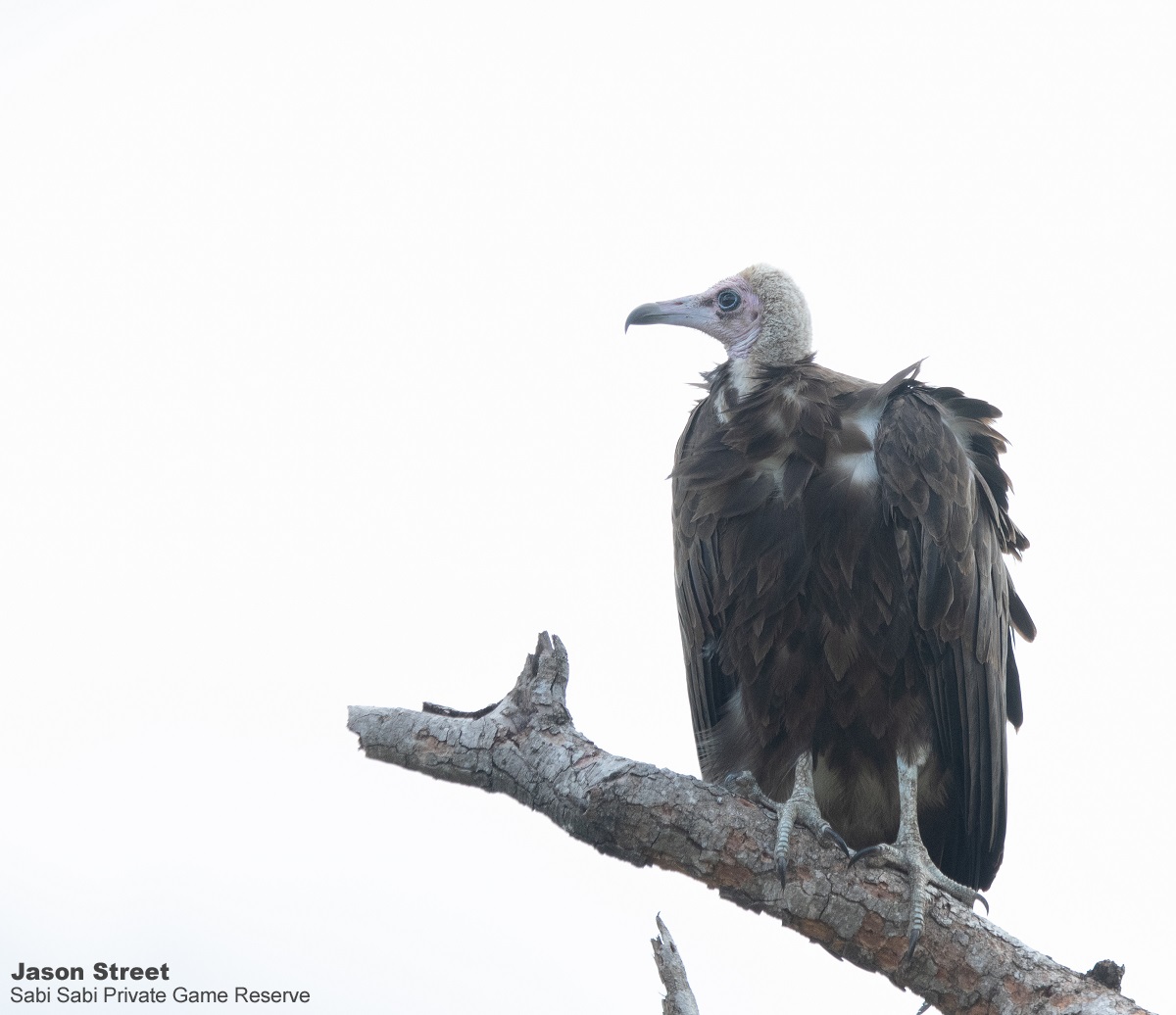Birds of Sabi Sabi
on May 31, 2022While Sabi Sabi is famous for its unrestricted close-up encounters with predators and some of the biggest mammals to roam earth, we also get to encounter some incredible bird species which often get overshadowed by the excitement of the big mammals. So here are some memories of some of the special bird sightings from a past cycle, one of which was a lifer for me.
Little bee-eaters tend to feed from a favoured perch, after catching prey in aerial sallies, it will quickly assess whether scraping to remove a sting of the prey is necessary and will then swallow the prey.
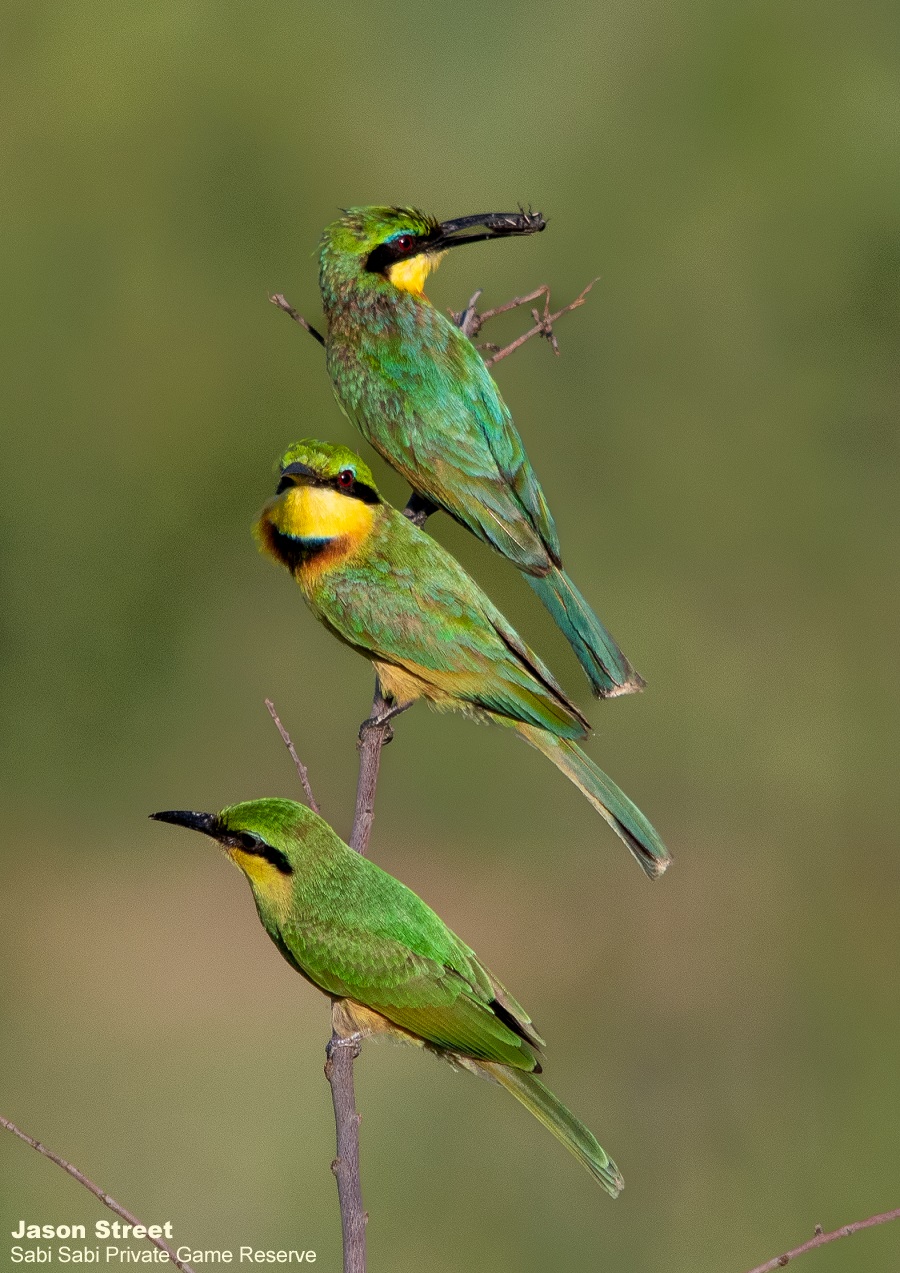
The African hawk-eagle forms long term pair bonds that defend a territory all year round. They will often hunt cooperatively for small mammals, birds and occasionally reptiles.
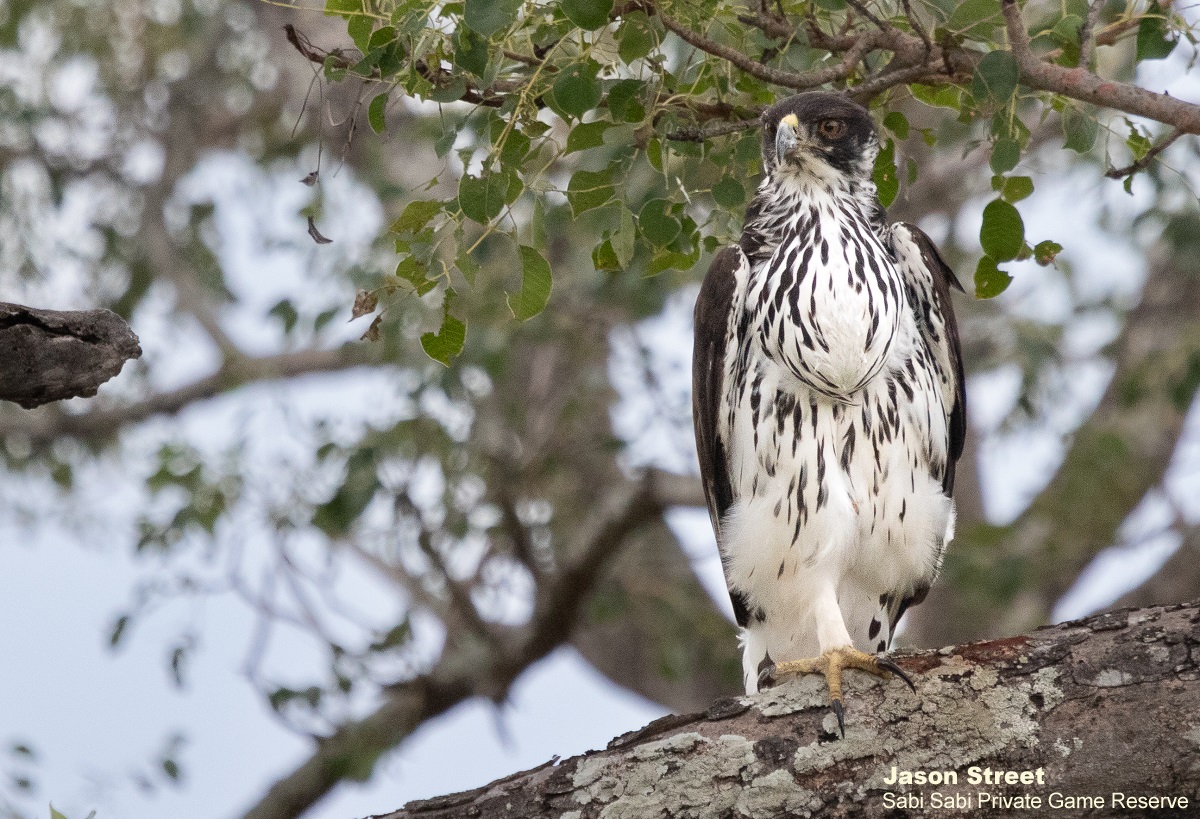
The European Roller is one of the bird species that visits us in our warm and wet months (October to April). The rest of the year they will return to warm, dry areas to breed - from Morocco and Spain, North to Poland, East to Serbia and Northern India. The majority will stay west of the Urals Mountains in Russia.
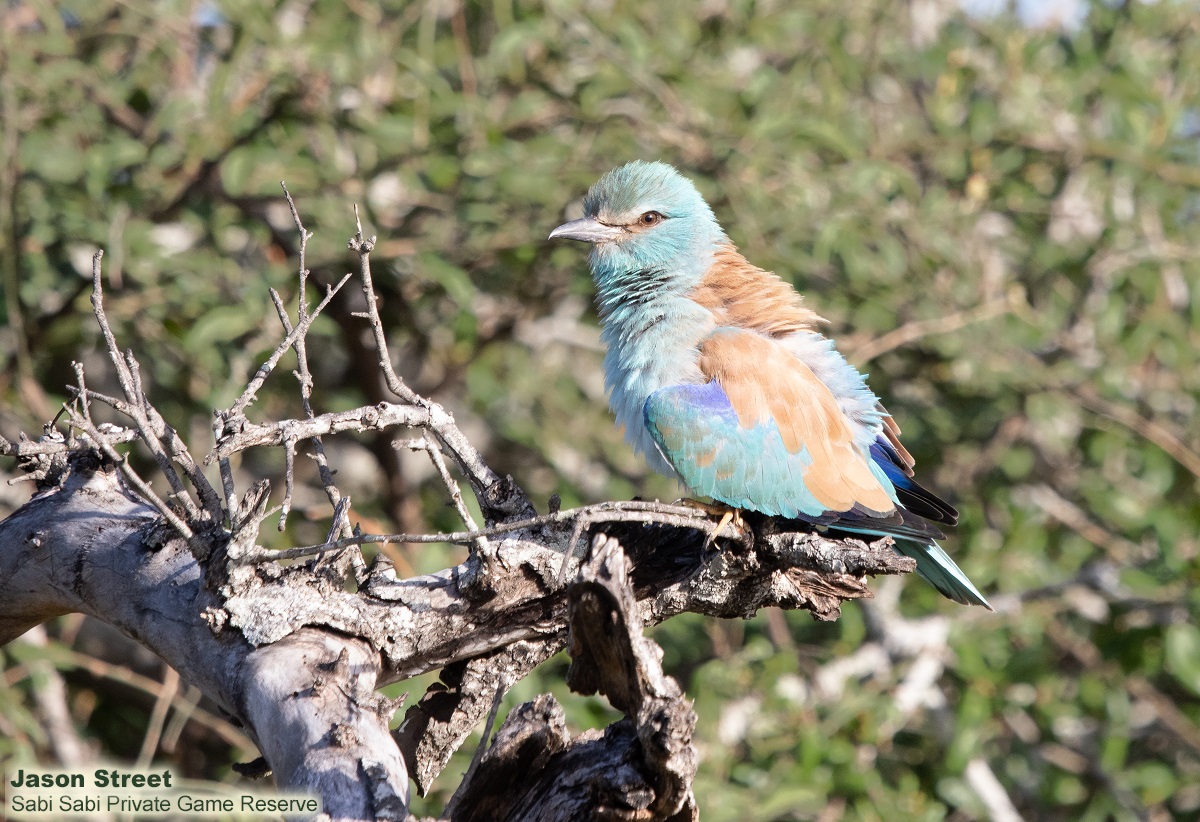
The Martial Eagle specialises in hunting Monitor Lizards and other birds but will take on other larger prey such as hares, warthog, impala, and primates among others. They will often hunt from a perch, as seen below, and wait for an opportunity to present itself and will then take full advantage.
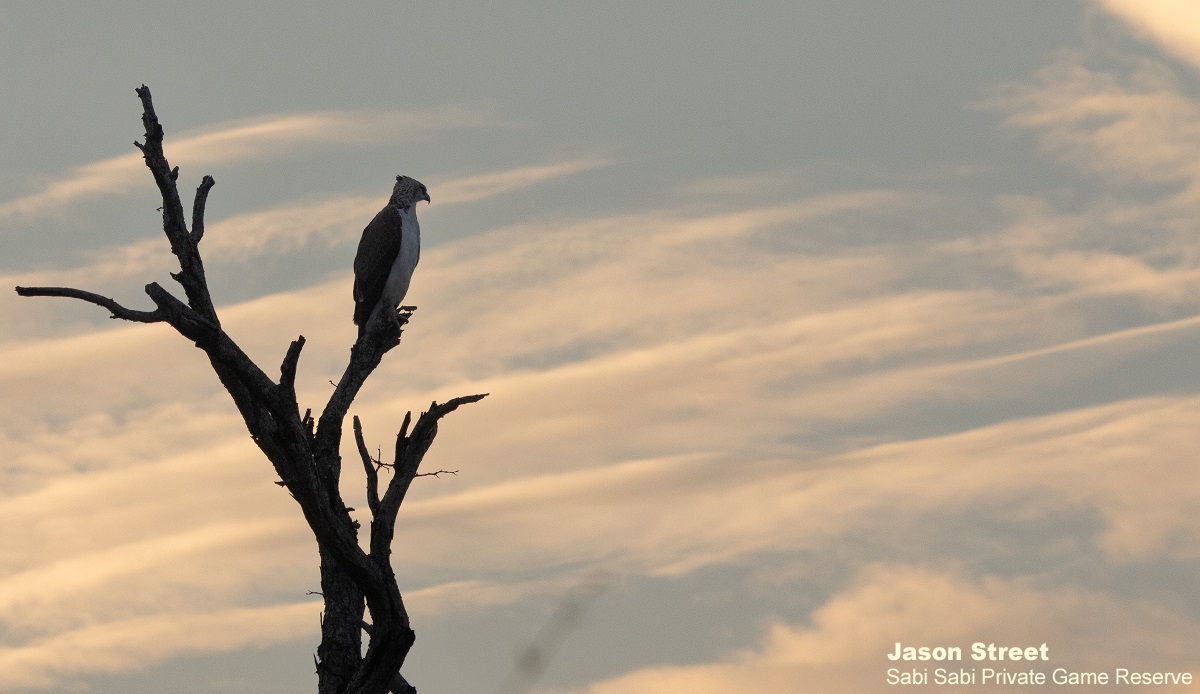
Having bright colours, such as the Lilac-breasted Roller, makes it appealing to potential mates. Their visual attire is further enhanced by exhibitionistic displays. The Roller gets its name from its propensity to noisily take to the sky, flying upwards until it reaches an imaginary summit from where it shoots downwards, rocking side to side on its wings or "rolling", all the while vocalising in a less songful manner.
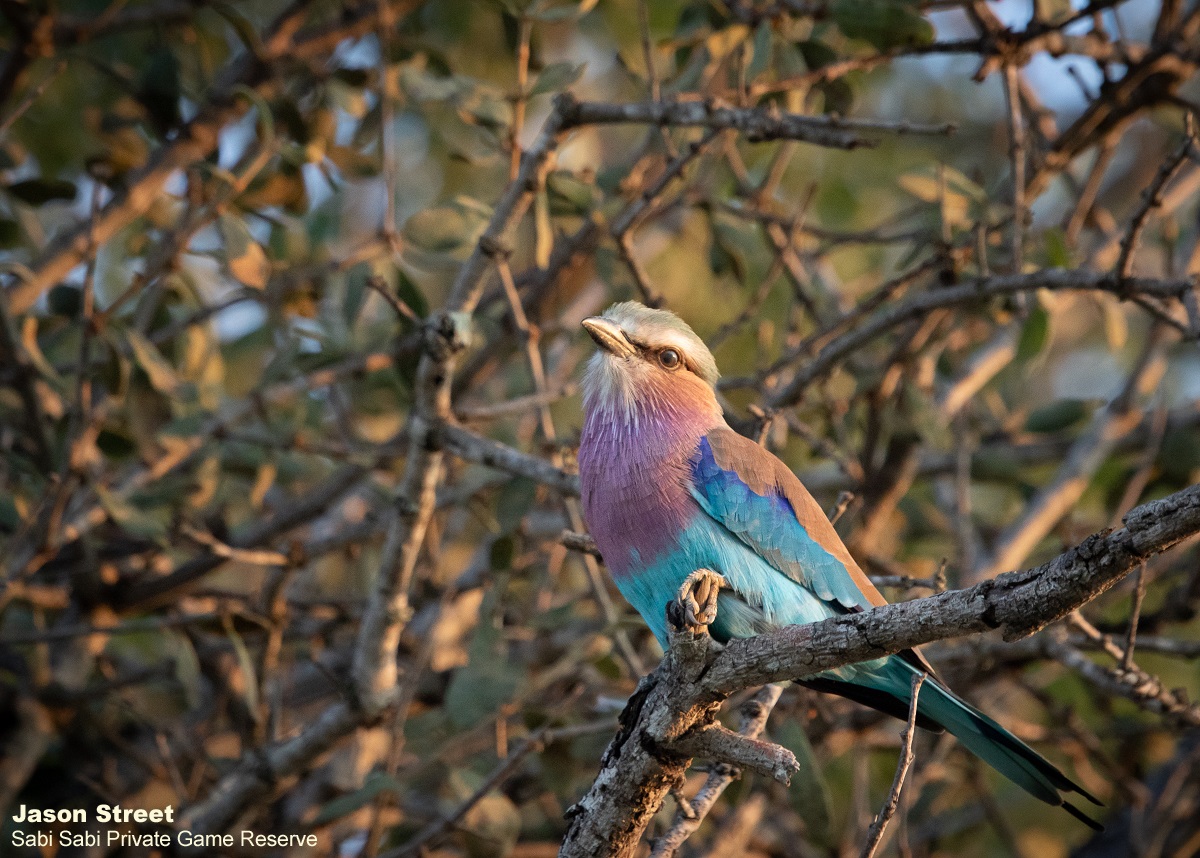
Oxpeckers have adapted to occupy a niche where food in the form of ecto-parasites is readily available without competition. Oxpecker’s legs are suitably shorter for clinging close to skin while strong toes and sharp, strongly curved claws allow them a tight grip on clumps of hair on mammals with sufficient fur and to hook into the undulations in the skin on predominantly hairless animals, such as rhino. Their long stiff, graduated tail acts as a prop or support to keep them upright when on the sides of mammals thereby improving stability. This gives the Red-billed Oxpecker the platform from which to comb, systematically through fur to locate prey.
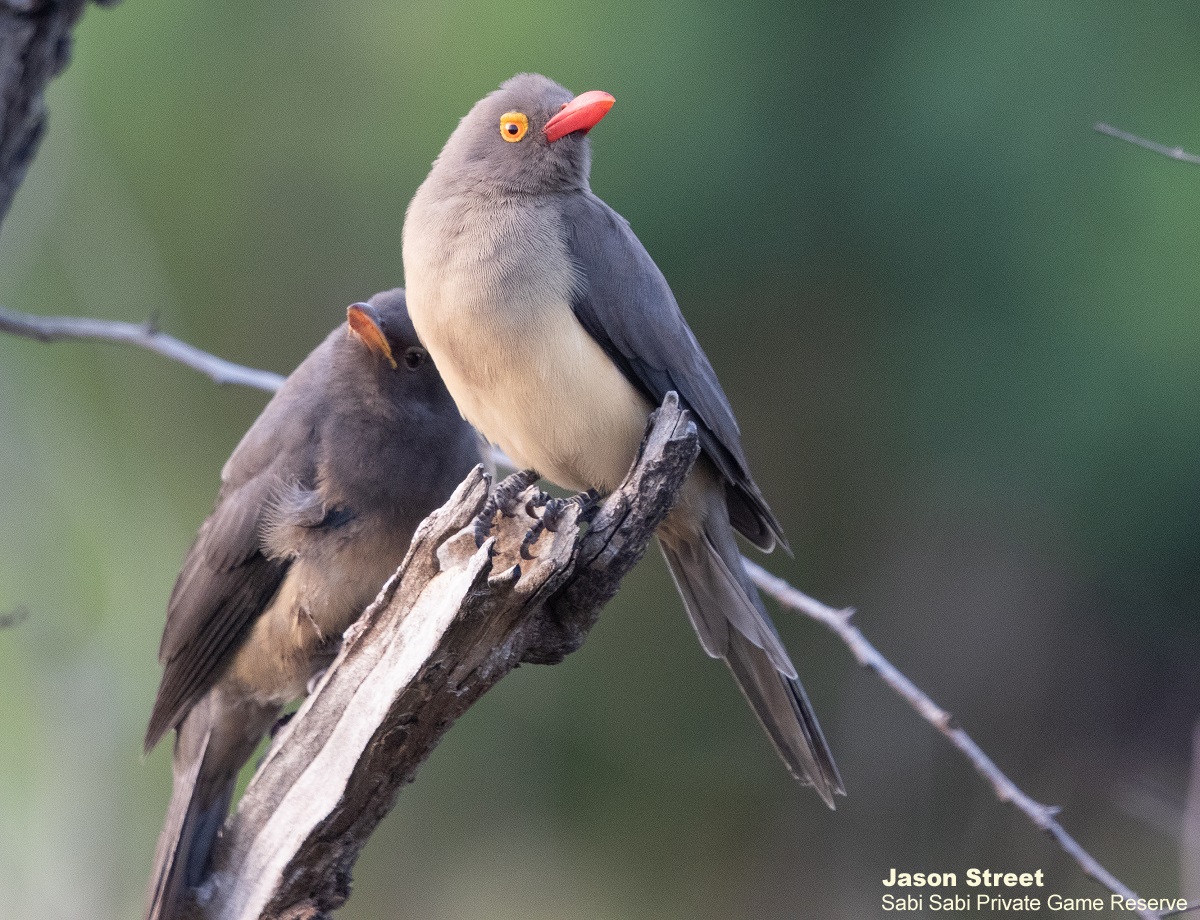
The Pearl-spotted Owlet is primarily a diurnal owl and consequently faces the risk of predation by a number of mammalian and avian predators. To minimise the risks, these small owls have evolved a pair of "false eyes". These elaborate markings the on back of the head give the impression that the owl is always facing the predator, most of which will be reluctant to attack if they think they have been seen.
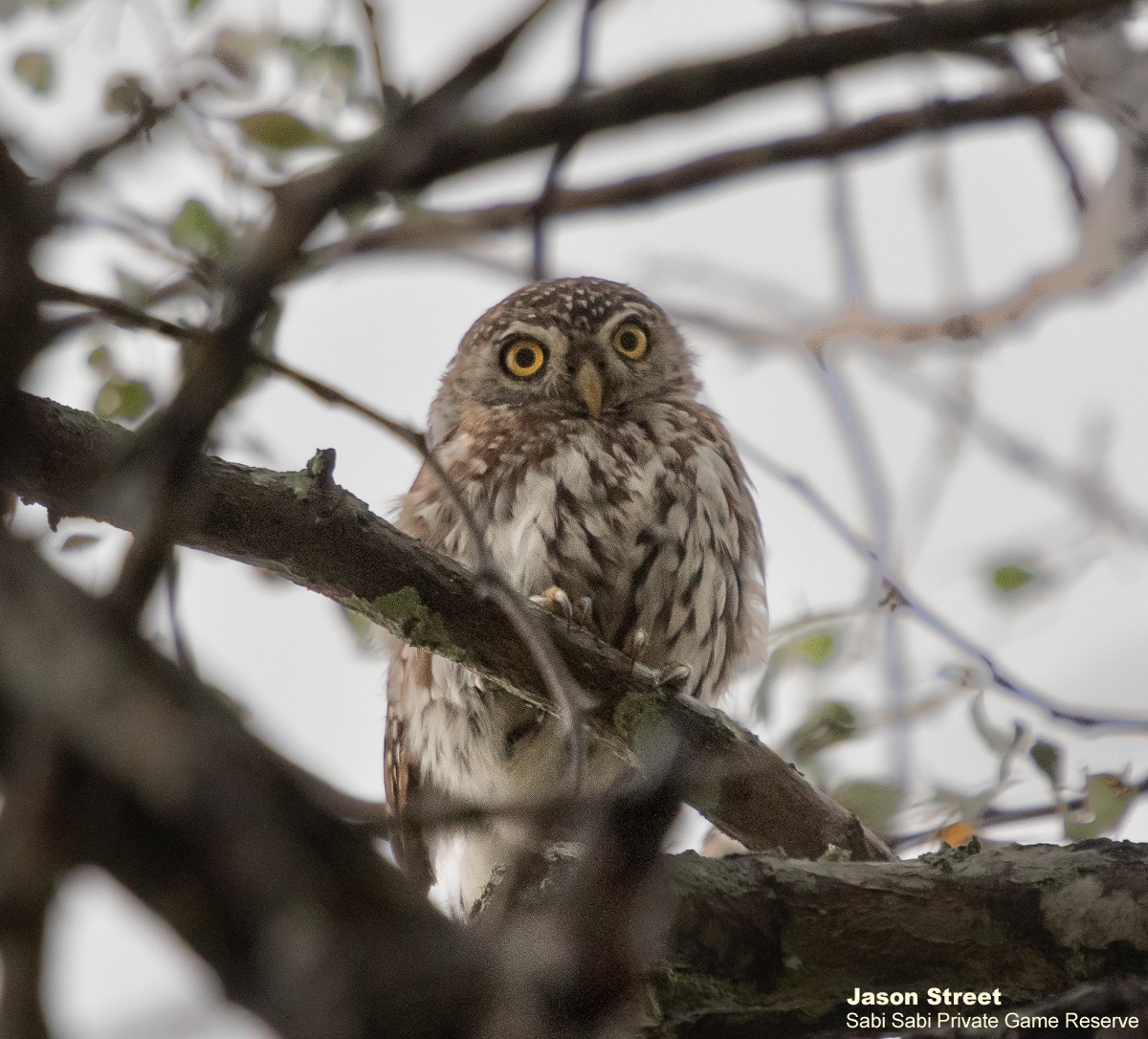
Although Southern Ground Hornbills will roost in trees, they spend most of the day foraging on the ground. They forage as a group and thus flush out prey like frogs, snakes and anything else they can overpower. A low barking call is sufficient communication with the rest of the group for assistance in catching large prey, which is then rarely shared. Walking in the open makes them vulnerable to predation, but they have very good eyesight and are capable of strong flight revealing white primary feathers which are a strong contrast to the black plumage. The flight won't last long and will usually land in a nearby tree.
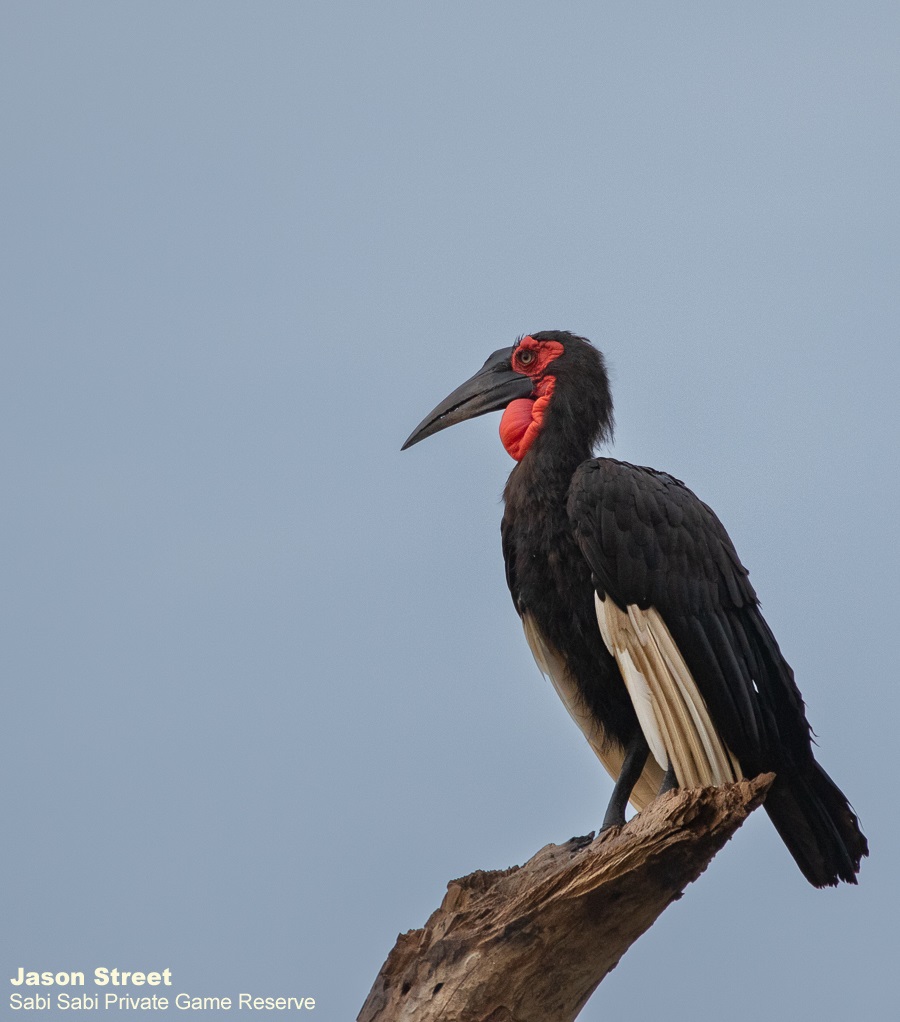
Yellow-billed Storks are rarely seen singly and are often in pairs and groups. They spend much of their time rating on shorelines, spending very little time foraging. They will forage in shallow waters, free of emergent vegetation. They will wade with the bill two-thirds immersed, held slightly open while stirring bottom mud with their foot. When prey is detected, the bill instantly snaps closed. Prey is manipulated between the mandibles, then swallowed. Prey consists of fish, frogs, aquatic insects, worms, crustaceans, and possibly small mammals.
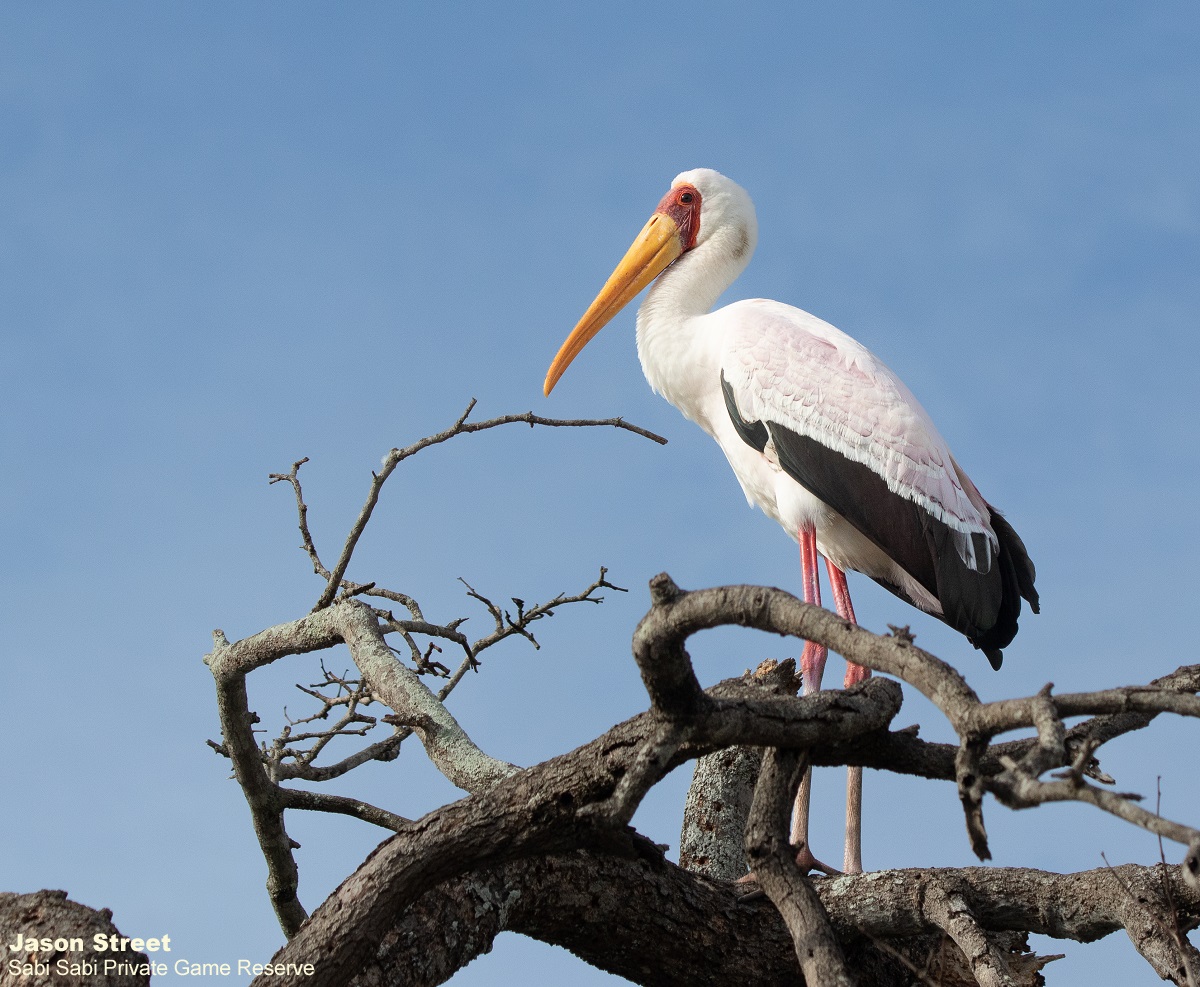
The White-headed Vulture has more white under the wings than any other vulture at Sabi Sabi. These birds are generally solitary at carcasses. They compete with other species by eating as much as they can in the shortest time and storing it in the crop before flying off to digest the meal.
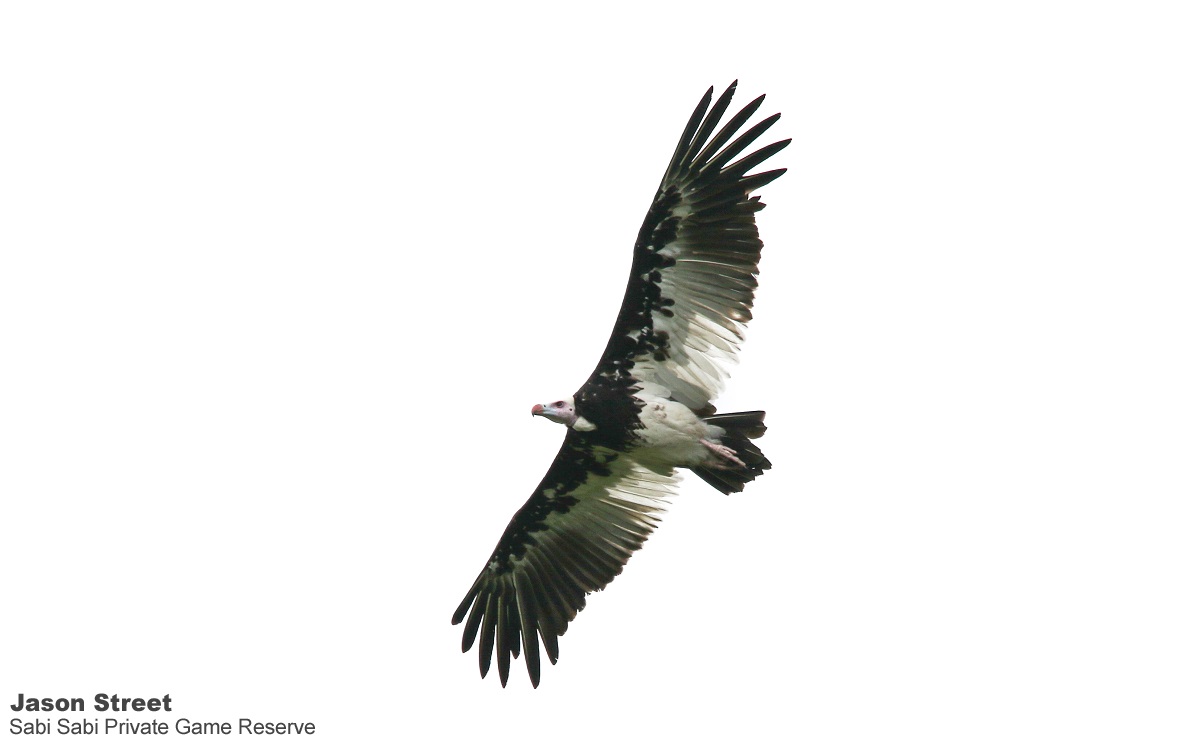
We came across a Tawny Eagle eating something that looked like a tail. After watching for a while, we spotted some wild dog finishing off an impala they had killed. It was not the first time a Tawny Eagle has given the presence of the dogs away and it will not be the last. Wild dog are often trailed by Tawny Eagles, hyena and vultures. Being such successful hunters, there are regularly scraps when the wild dogs are around.
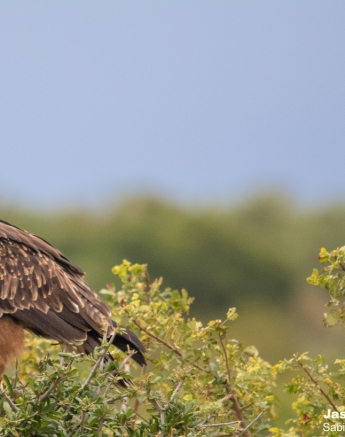
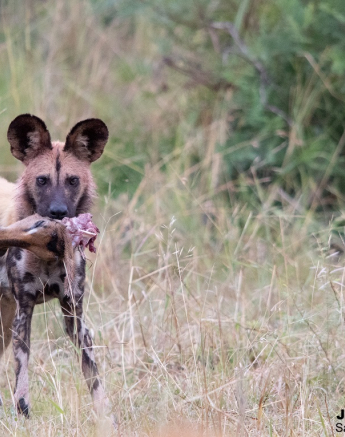
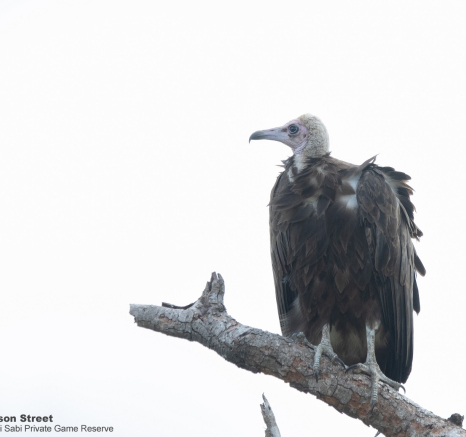
This Southern white-faced owl was a very special find for me. It has been the one owl found in Southern Africa that has always evaded me. Ticking this one off on my life list was the highlight of my cycle and number 520 on my birding life list.
